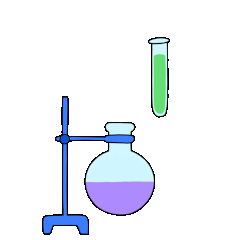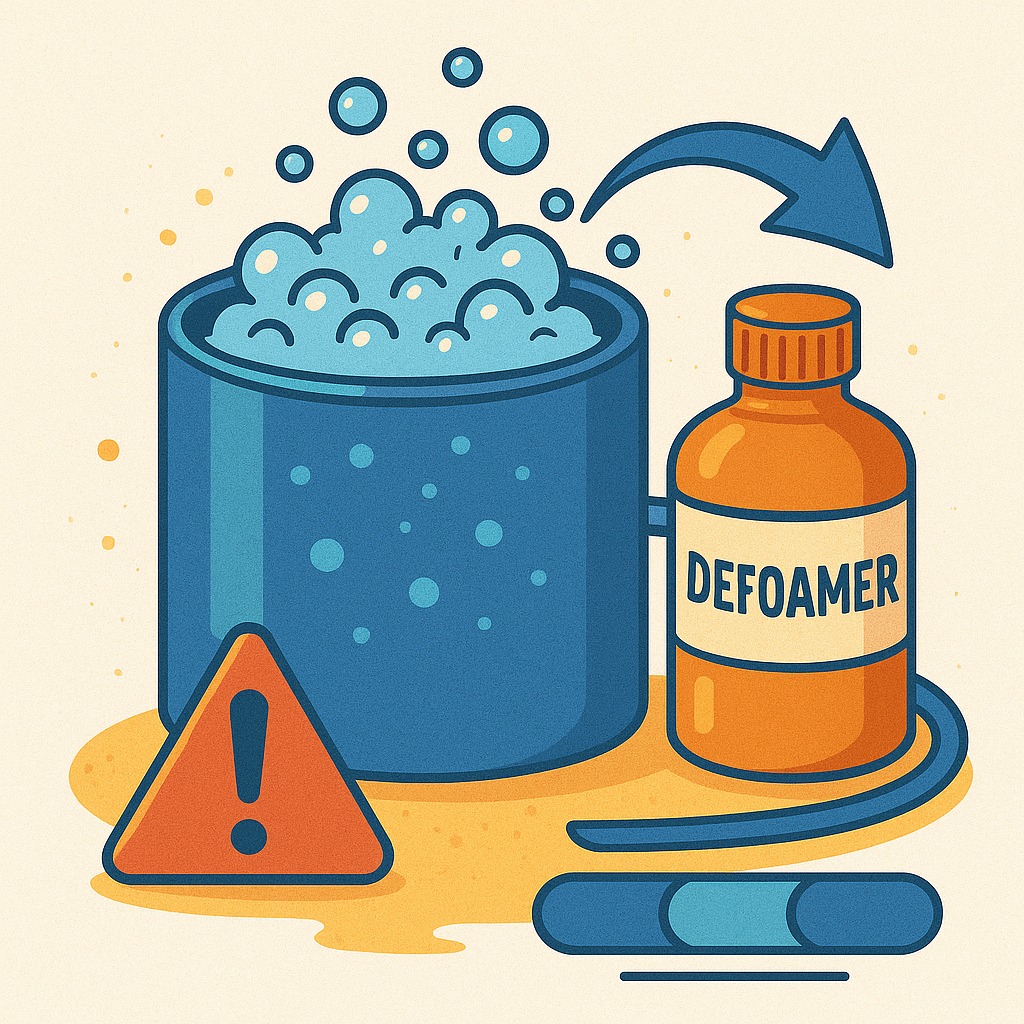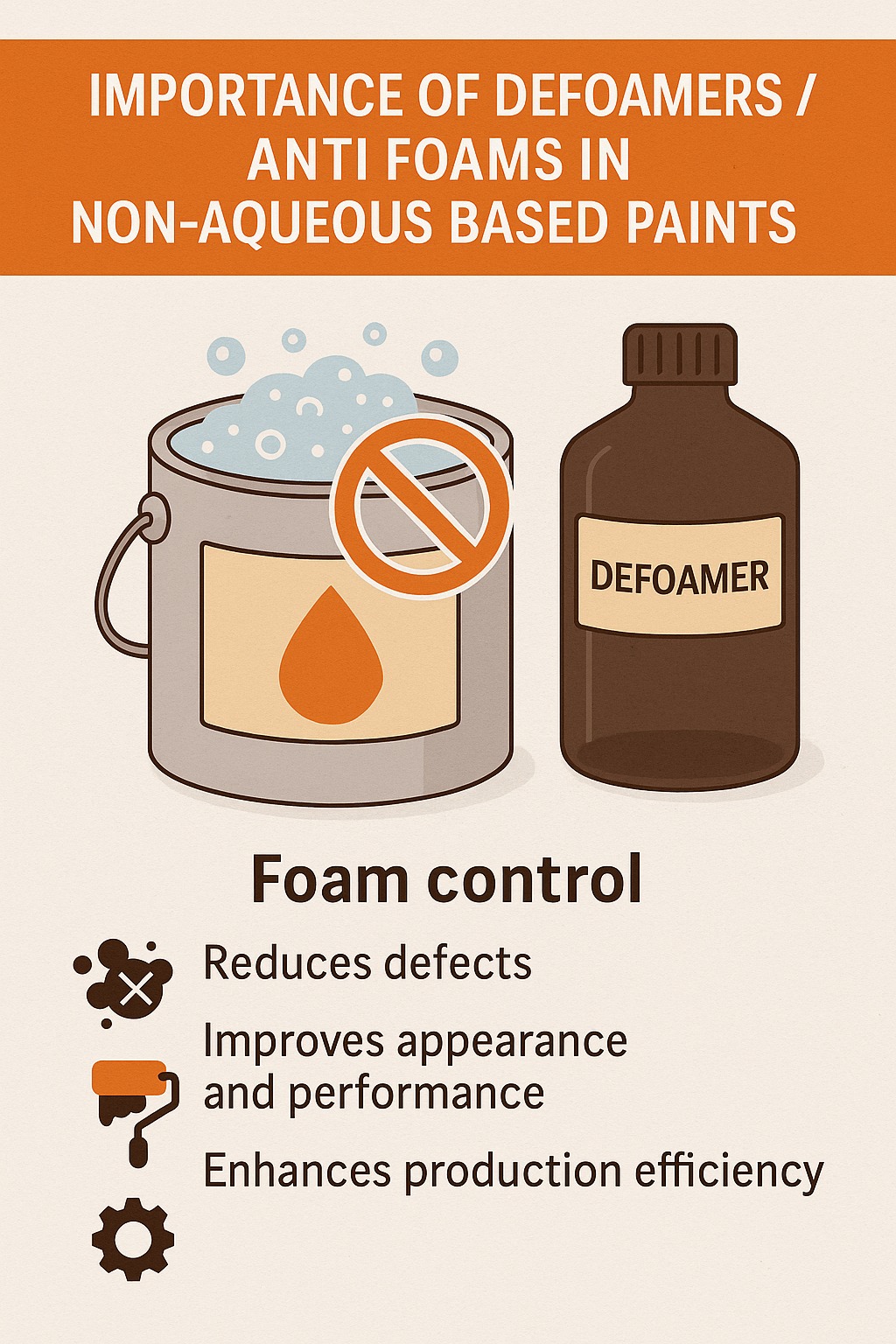
The Critical Role of Defoamers / Anti-Foams in Aqueous-Based Inks

Aqueous-based inks have gained popularity across industries - from packaging and textiles to publications - thanks to their eco-friendliness, low VOC emissions, and ease of handling. However, one persistent challenge in their production and application is foam generation. Foam can significantly impact ink quality, printing performance, and even manufacturing efficiency. This is where defoamers (also called anti-foams) play a vital role.
Why
Foam Forms in Aqueous-Based Inks
Foam
is primarily a collection of air bubbles stabilized by surfactants present in
ink formulations. In aqueous inks, the water-based medium along with additives
like wetting agents, surfactants, and dispersants, creates a perfect
environment for foam formation during:
- · Manufacturing (grinding, dispersion, mixing)
- · Ink filling and packaging
- · Printing process (especially in flexo and
gravure applications with high-speed rollers)
Some
key reasons for foam formation include:
- · High surface tension reduction due to
surfactants
- · Mechanical agitation during mixing
- · Ink recirculation in printing machines
- · Air entrapment during storage and handling
- · Problems Caused by Foam in Inks
If
left uncontrolled, foam can cause a series of production and end-use issues:
|
Manufacturing Issues |
Application & Printing Problems |
Storage & Handling Issues |
|
Reduced
dispersion efficiency |
Ink
starvation at print heads |
Foam in
containers and pipelines |
|
Batch
volume errors |
Print
defects like pinholes, voids |
Air
entrapment leading to thickening |
|
Increased
processing time |
Poor
color density and coverage |
Ink
overflow during filling |
Role
of Defoamers / Anti-Foams in Ink Formulation
Defoamers
are specially formulated additives designed to prevent foam formation (anti-foaming)
or break existing foam (defoaming). In aqueous-based inks, the choice of
defoamer must strike a balance between high foam control efficiency and ink
compatibility.
Key
Functions of Defoamers in Inks:
- · Quick Foam Knockdown - Breaks existing foam
during mixing and production
- · Long-Term Foam Suppression - Prevents
re-generation of foam during ink storage and application
- · Ink Compatibility - Provides foam control
without affecting ink gloss, color strength, printability, or stability
- · Non-Interference with Print Quality - Avoids issues like surface defects, craters, fisheyes, or ink transfer problems
Types
of Defoamers Suitable for Aqueous Inks
Ink
manufacturers use a variety of defoamers, depending on the ink type and
printing process:
|
Defoamer Type |
Key Features |
Application Suitability |
|
Mineral
Oil-Based Defoamers |
Cost-effective,
moderate performance |
General-purpose
water-based inks |
|
Silicone-Based
Defoamers |
High
efficiency at low dosage, excellent persistence |
Flexo
and gravure inks, high-speed systems |
|
Polyether-Modified
Silicones |
Excellent
compatibility, no surface defects |
High-gloss
and specialty inks |
|
Silicone-Free
(Organic) Defoamers |
Eco-friendly,
low-VOC |
Food
packaging inks, regulatory-sensitive applications |
Factors
to Consider While Choosing a Defoamer for Inks
Selecting
the right defoamer is a balance of several factors:
- · Foam type and stability - Is it micro-foam or
macro-foam? Persistent or transient?
- · Ink system viscosity and rheology - Different
defoamers behave differently in low-viscosity vs. high-viscosity systems
- · Printing method - Flexo, gravure, digital, or
screen printing—all have specific defoamer needs
- · Gloss and Optical Clarity Requirements - Some
defoamers can cause haze or reduce gloss if not selected carefully
- · Environmental and Regulatory Compliance - For food, toy, or pharma packaging, silicone-free and VOC-free options may be preferred
Best
Practices for Defoamer Use in Ink Manufacturing
- · Add in stages: Add part during pigment
dispersion and part during let-down stage for balanced performance
- · Pre-dilute if needed: Some high-active
defoamers need pre-dilution in water or solvent to ensure proper distribution
- · Performance testing: Always check for
compatibility, printability, and surface defects before finalizing a defoamer
- · Low dosage: Over-dosing can create surface
defects, so optimal dosage determination is crucial
At Harmony Group, we understand that defoamers and anti-foams are far more than just optional additives - they’re essential performance enablers in aqueous-based inks. By effectively controlling foam, our solutions help ensure consistent ink quality, smooth manufacturing, effortless application, and flawless print results. In today’s fast-paced and competitive printing industry, the right defoamer from Harmony Group can make all the difference — between a disrupted process and a perfectly printed masterpiece.



-in-aqueous-based-paints.jpeg)